Movie Review: Near Dark (1987)

Released in 1987, Near Dark is a hybrid vampire-western horror directed by Kathryn Bigelow in her first full-length directorial effort. Starring Adrian Pasdar and Jenny Wright in the lead roles, the film combines western, road, and vampire genres while crafting a darkly atmospheric world inhabited by a ruthless pack of vampires.
Key Takeaways:
- Near Dark is a genre-blending vampire western directed by Kathryn Bigelow in her directorial debut.
- It features a chilling atmospheric world and memorable central performances.
- The film combines elements of the western, horror, road, and vampire genres.
- Bigelow brought a unique feminist perspective to the vampire genre with Near Dark.
- Though not initially successful at the box office, Near Dark has since achieved cult classic status.
Despite its lacklustre initial box office reception, Near Dark has gone on to achieve cult classic status and is now considered one of the most original and influential vampire films ever made. It steers away from typical vampire movie tropes, removing the overt gothic romanticism while retaining the blood, gore, and implicit eroticism of the genre.
Bigelow brings her background in theory and avant-garde film to construct a neo-noir aesthetic that blends surreal imagery with gritty realism. This innovative directing laid the groundwork for her future success with visceral films like Point Break (1991) and her Academy Award wins for best picture and director for The Hurt Locker (2008) and Zero Dark Thirty (2012).
"I think Near Dark has a posture unlike any other vampire film I can think of. The vampires are really like a pack of coyotes, operating as a family, and they live day to day." - Kathryn Bigelow, Director
Forty years later, Near Dark continues to thrill viewers. Its masterful combination of genres and introduction of feminist perspectives create a uniquely thrilling film that deserves revisiting.
The Plot of Near Dark (1987)
Near Dark opens on a sunny day in an anonymous southwestern American town. Caleb Colton (Adrian Pasdar), a young cowboy, meets an attractive young blonde woman named Mae (Jenny Wright). Smitten, he offers her a ride home and soon discovers she has been concealing her identity as a vampire.
Mae bites Caleb's neck, greedily feeding on his blood, but stops before fully turning him. However, Caleb is now infected with vampirism. He finds himself abducted by Mae's vampire pack, comprised of leaders Jesse (Lance Henriksen) and Diamondback (Jenette Goldstein), the volatile Severen (Bill Paxton), lover couple Homer (Joshua Miller) and Loy Colton (Tim Thomerson), and a feral child vampire, Homer's sister (Marcie Leeds).

This ruthless travelling clan of vampires spends each night initiating brutal killings, armed robberies, and kidnappings while taking shelter from daylight in abandoned farmhouses and motel rooms. Caleb's partial transformation has made him weak, feverish, and at risk of dying without blood. As he struggles with his deepening vampirism, Caleb yearns to return home while growing attached to the volatile Mae.
After Caleb feeds on human blood to regain his strength, Jesse plots to fully indoctrinate him into the vampiric fold through initiation. However, Caleb ultimately resists and risks his life to return home to his family and humanity.
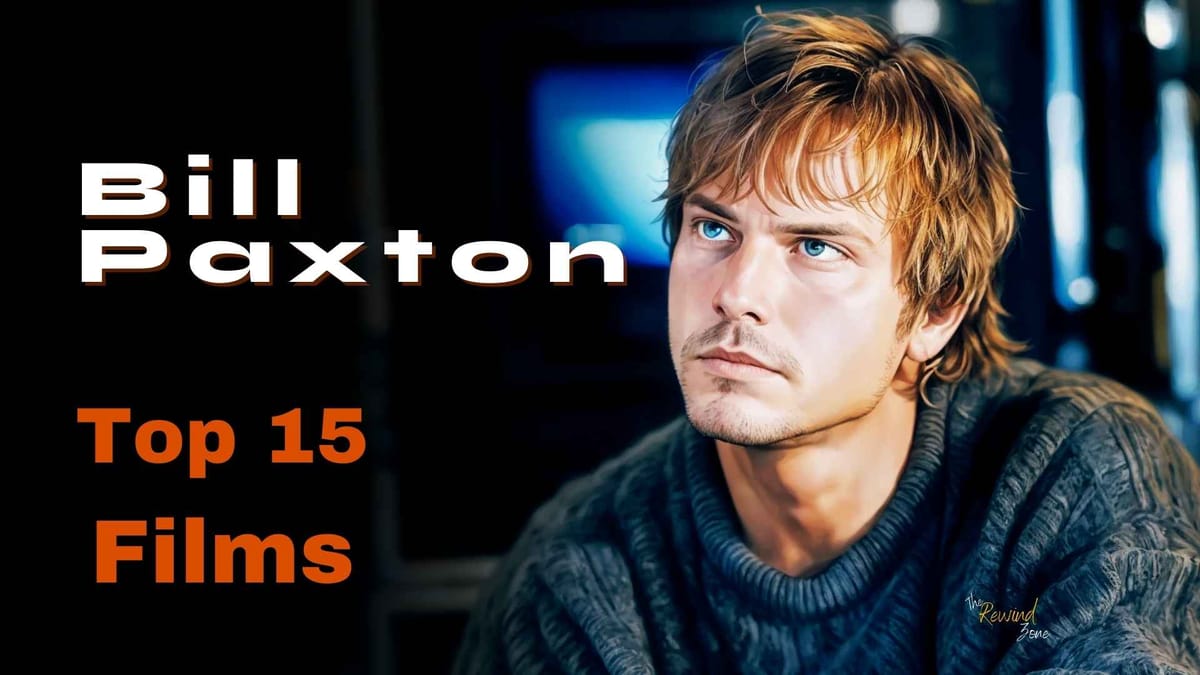
The Dark and Atmospheric World of Near Dark
“It's the journey of the hero to go out and achieve enlightenment.” - James Cameron, on the plot of Near Dark
Near Dark creates an ominous atmosphere through the films incredible soundtrack by Tangerine Dream, rich noir-inspired visuals, and the vampires' ruthless exploits filmed mostly at night on location in dusty southwestern towns. This successfully heightens the film's sense of dread and realism.
Bigelow opted for a grungy aesthetic to bring texture, depth, and atmosphere to the vampires' nocturnal adventures. Tangerine Dream skillfully weaves together horror and western styles, emphasising the more unsettling and violent aspects of the Old West. Visually quoting old Hollywood and spaghetti westerns, Bigelow subverts these familiar genres through the vampires' vicious behaviour and the film's red-tinted palette.
"I think that the trick is not to be blinded by your love of any one genre, but to look at the roots of what makes something compelling and dramatic for an audience." - Kathryn Bigelow
The film has many impressive long takes and extended tracking shots, seamlessly progressing the narrative while building atmospheric tension. Most daylight scenes were actually shot at "magic hour," dawn or dusk, to give them an ominous red glow. Near Darks' world is brutal, gritty, and bleak. But it also carries a hazy, dream-like ambiance that leaves one feeling both enthralled and disturbed.

The Impact and Legacy of Near Dark (1987)
Despite a limited theatrical release, Near Dark received strong critical praise, particularly for Bigelow's stylish directing, painterly visuals, haunting score, and central lead performances. However, with a disappointing box office run grossing under $4 million on a $5 million budget, the film flew under audiences' radars initially.
It suffered distribution issues, having the misfortune of releasing close on the heels of bigger vampire films like The Lost Boys that overshadowed it. Over time, Near Dark found its audience through home video releases and late-night television slots, garnering wide acclaim.
“I remember first seeing [Near Dark] on videotape and just being blown away.” - Quentin Tarantino
It is now regarded as an influential cult film that defied genre boundaries and introduced innovative feminist perspectives to vampire lore. The film brought Bigelow critical visibility, helping define her status as an important voice in genre filmmaking.
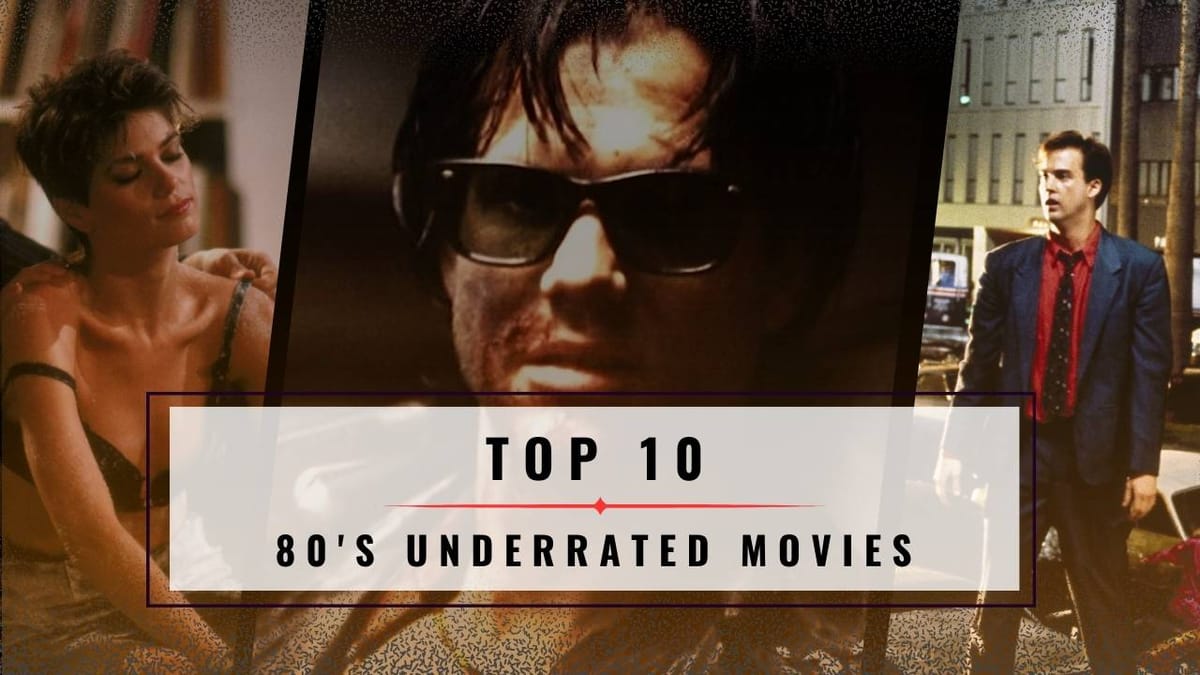
Kathryn Bigelow's Directorial Debut
As her first major studio picture, Near Dark marked the feature film debut of director Kathryn Bigelow. She co-wrote the script with Eric Red based on a short treatment titled "Caleb" he had written years earlier.
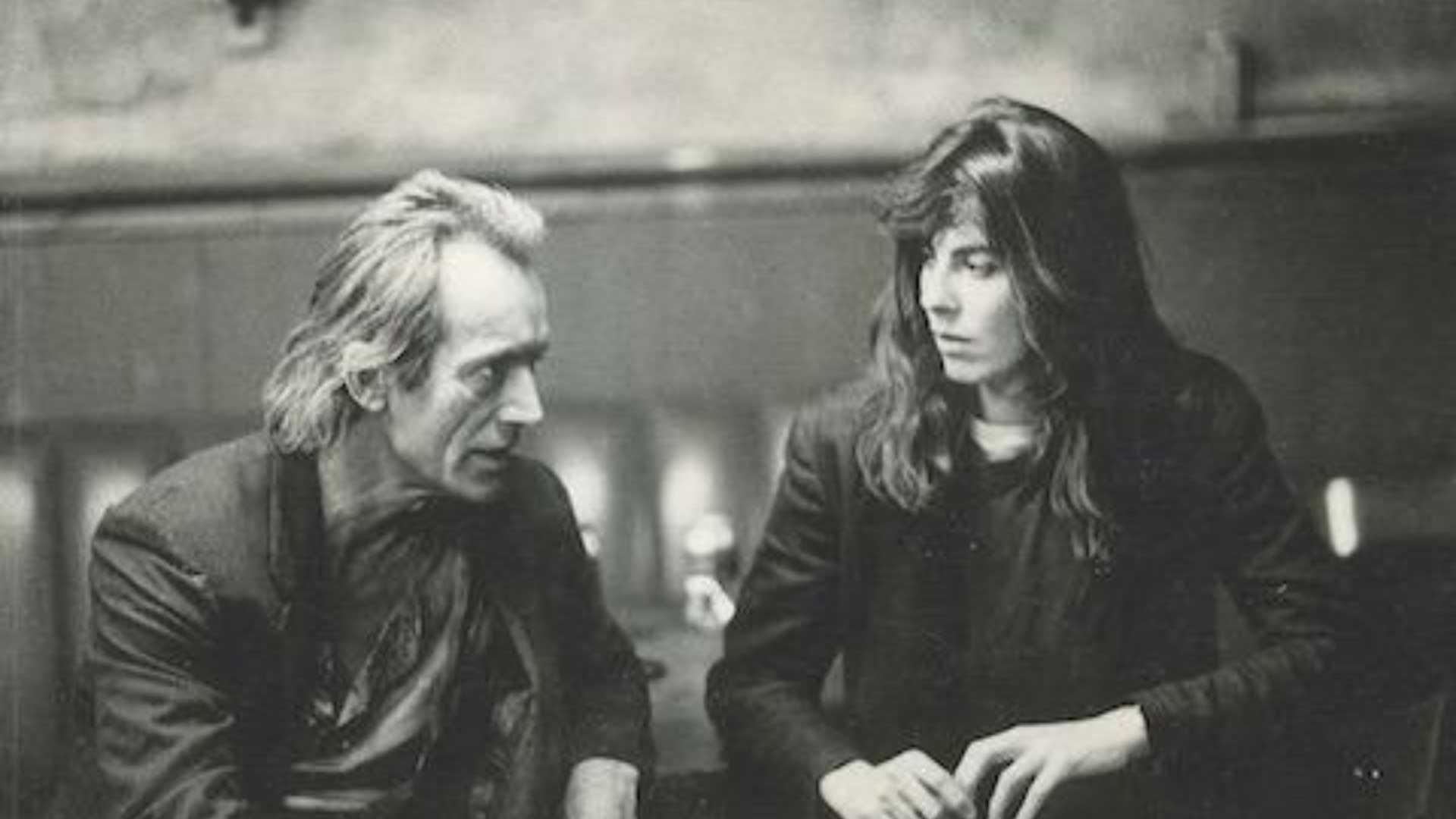
Bigelow emerged from the art establishment, having studied conceptual, performance, and eventually film art under avant-garde cinema theorists. This translated into her stylized and atmospheric directing, which blended art house sensibilities with visceral commercial genres like science fiction, western, vampire, and action. Her subsequent films, like Point Break and Strange Days, expanded her stylish genre repertoire.
“I feel compelled to take a stand on issues that stir, bother, and haunt me.” - Kathryn Bigelow
The western aspect was prominent from the script stage as Eric Red combined vampire mythology with familiar themes of the American frontier: displacement, moral ambiguity, survivalism, and the outlaw aesthetic.
Bigelow brought an edgy feminist perspective and contemporary realism to the atmospheric genre mashup. Her immersive visuals forged an ominous mood that lingered with viewers. Despite its modest initial reception, Near Dark put Bigelow squarely on the map as an innovative young director redefining genre cinema.
Memorable Performances in Near Dark (1987)
The Cast of Near Dark (1987)
The relatively young cast of talents featured many rising stars of the era perfectly suited to each role. The central romantic leads are portrayed compellingly by Adrian Pasdar as Caleb and Jenny Wright as Mae, the alluring vampire who entices him into her violent world. Their forbidden supernatural love story drives the plot forward emotively.
Lance Henriksen leads the pack as the cunning patriarch Jesse with ruthless authority, bringing gravitas to his intimidating role. Horror regular Bill Paxton is unhinged and unpredictable as Severen, while Jenette Goldstein is his cold and calculating counterpart, Diamondback. Genre veterans Tim Thomerson and Joshua Miller play their parts effectively as the resident lover vampires.

The cast has excellent chemistry, interacting like a tight-knit family unit with confrontational dynamics. Their portrayals instill the nomadic vampire clan with a human quality, despite their murderous blood-soaked existence. Through vibrant performances, the film transcends genres and presents complex characters facing moral dilemmas.
“It just felt so real, like I was Caleb going through this nightmare.” – Adrian Pasdar on relating to his central role.
The Unique Approach to Vampires in Near Dark (1987)
Near Dark took the vampire movie in an original direction steered by Kathryn Bigelow's inventive vision. Eric Red's script forged chilling vampires reminiscent of zombies, murderers, cannibals, and parasites rather than overtly Gothic stereotypes. Names, costumes, and coffins and fangs barely feature. Instead, the focus is on their desperate survivalist dynamic as outcasts drifting across the barren plains. Their vampirism manifests through extreme light sensitivity, a thirst for blood, and a detached disinterest in human life.
Bigelow omits vampiric romanticism to embrace raw themes of addiction, erotic compulsion, and the primal hunter-prey paradigm. The clan has an animalistic pack mentality, suggesting nomadic roots in America’s frontier past merged with parasitical need.

Traditional vampire tropes take a backseat to atmospheric realism, which makes one question the boundary between human and monster. It taps into our repressed desires through chilling implications rather than dramatic expositions.
A Blend of Genres in Near Dark (1987)
Director Kathryn Bigelow artfully blends various cinematic styles and genres in Near Dark to create its uniquely dark flavour. As a vampire film, it contains the requisite blood, gore, and gothic horror elements. However, it pointedly avoids cliches like fangs, capes, or coffins.
Instead, Bigelow infuses ideas from neo-noir cinema, the Western, road movies, and contemporary horror to put a fresh spin on vampire lore. Near Dark refuses tight categorization; it exists on the fringes of predefined genres.
The Atmospheric and Stylish Neo-Noir Aspect
Shadowy visuals, red-hued nightscapes, melancholy music, and themes of moral ambiguity permeate the film with signature noir atmospherics. The ominous mood and gorgeous framing reveal Bigelow’s avant-garde inclinations.
The Nomadic Western Motif
The vampires embody the rugged individualism and survivalist mentality of America's Old West as they drift across the Western plains. Their outdated speech patterns, attire, and ruthless exploitative behaviour parallel those of Western outlaws.
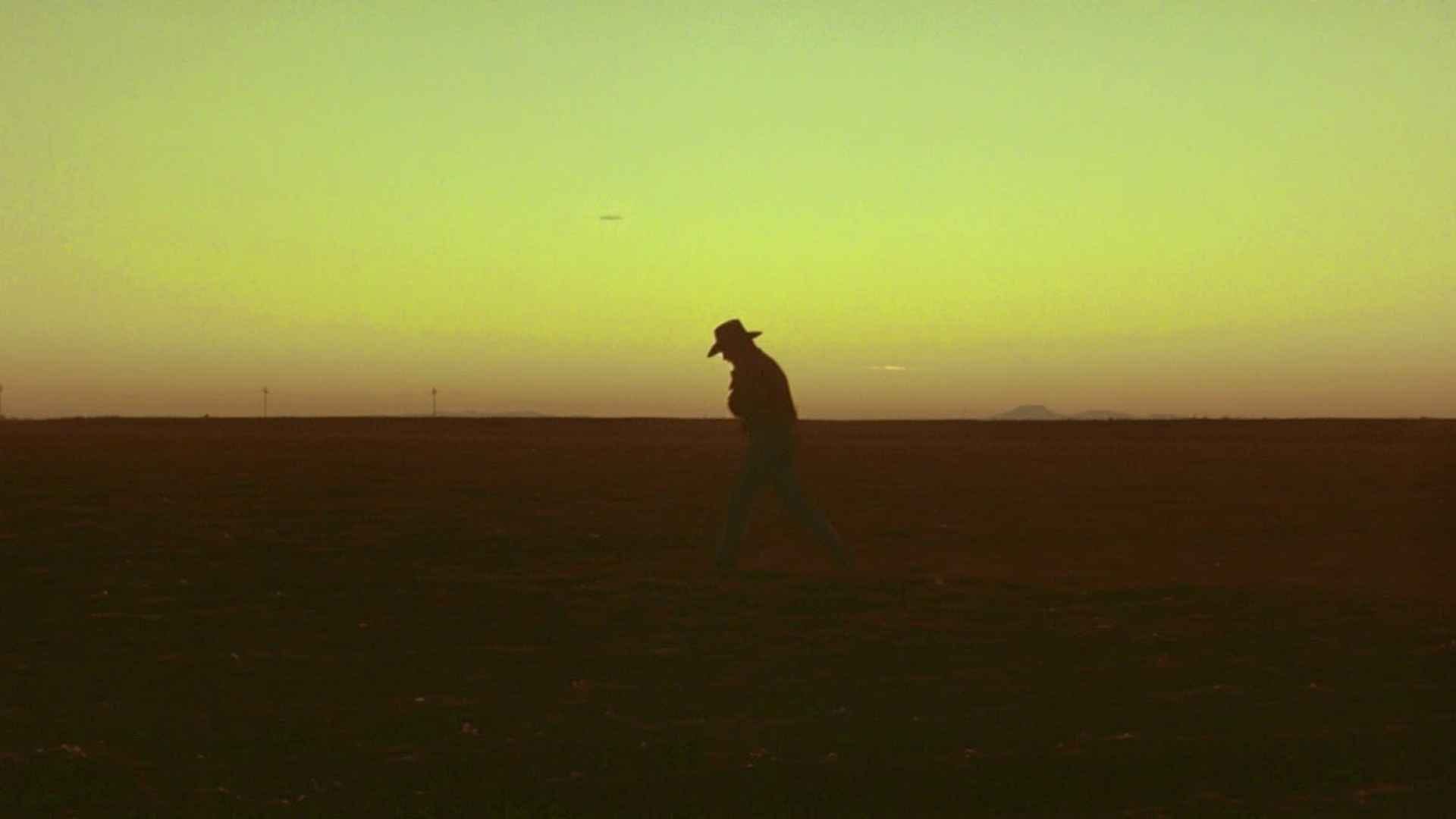
Road Movie Tropes
As a hybrid road movie, Near Dark follows the vampire clan's destructive nocturnal travels across the Southwest. This transient existence allows audiences an intimate glimpse into the bonds and tensions of this makeshift family unit. Their motor home is central to their nomadic hunter-gatherer dynamic.
The Modern Horror Aspect
While reimagining vampire mythology, the film retains familiar modern horror elements: chilling violence, gore, murder, abductions, human weakness, and primal hunter vs. prey scenes to amplify fear.
This genre blend creates a film experience that is simultaneously nostalgic, gritty, poetic, and viscerally frightening. Against the desolate Western plains, these vampires come to life as complex characters, neither fully evil nor benign. Near Dark transcends tidy genres and entertains possibilities beyond preconceived boundaries.
Cinematic Influences on Near Dark (1987)
Near Dark wears its cinematic influences proudly through conscious visual and thematic references. By blending and bending established film styles, Bigelow found inspiration for her atmospheric neo-Western vampire vision.
Film Noir
Bigelow frequently applied an oneiric noir aesthetic using hard shadows, low-key lighting, and red filters, heightening the disturbing mood. The neon-bathed seedy bars and motels nod to noirs like Touch of Evil (1958). Caleb's ominous red truck references similar vehicles from noirs like Psycho (1960).
Classic Westerns
Bigelow drew from John Ford/John Wayne westerns, quoting avenues framed by towering trees and long riderless roads stretching across flat landscapes reminiscent of films like The Searchers (1956). The tracking shot entering the biker bar recalls Ford’s famous shot entering the saloon in My Darling Clementine (1946).
Contemporary Horror Films
80’s horror and sci-fi influences permeate the film, like The Terminator (1984) which inspired the pulse-pounding electronic score. It also contained visceral horror similar to classics like The Texas Chainsaw Massacre (1974) and George A. Romero’s imaginative vampire film Martin (1977).
By weaving together such diverse influences within a familiar vampire premise, Bigelow crafted something familiar yet bracingly original—an atmospheric tone poem with terrifying implications.
The Visual Aesthetic of Near Dark (1987)
Near Dark established director Kathryn Bigelow’s signature visual aesthetic with its stylized framing and neo-noir atmosphere. Cinematographer Adam Greenberg often kept light sources outside the frame to create rich shadows. This surreal, high-contrast look, punctuated by vivid red and yellow-filtered scenes, defined the film’s nightmarish tone.
Bigelow frequently employed natural lighting while avoiding overly polished studio aesthetics. She opted instead for deep focus and sustained takes, accentuating the actor's choreography. Movement and vehicular scenes used inventive camera mounts on boats, bikes, and cars for visceral impact.
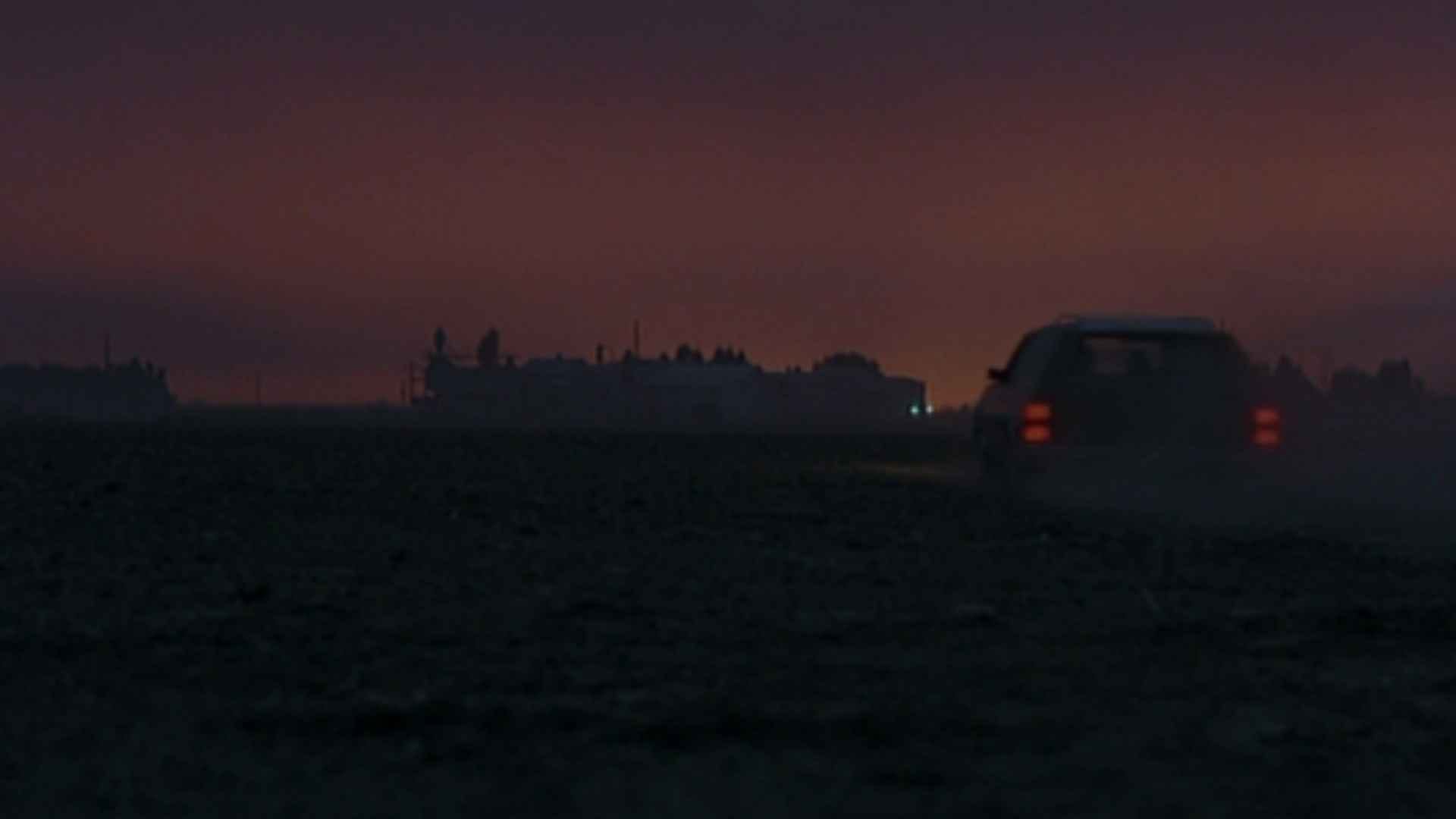
The film contains numerous iconic images: Caleb’s truck against vibrant sunsets, the motel’s hellish red glow at night, and lone silhouettes framed against the night sky. Surreal imagery like Mae’s blood teardrop and the skewed car reflections generate uneasy tension. Smoke machines, rising suns, and symbolic use of fire, neon, and sunlight add textural richness.
By meshing a Western sensibility with vibrant avant-garde visuals, Bigelow crafted an utterly unique cinematic vision for the brooding vampire film. The haunting imagery lingers with viewers long after the closing credits.
Near Dark (1987) and the Evolution of the Vampire Genre
Near Dark arrived during an experimental phase when vampire films attempted to reinvent tropes and conventions to stay relevant. While retaining the required blood, gore, and implicit eroticism, Bigelow's film omitted the Gothic romanticism that defined the likes of Dracula (1931).
Instead, she focused on atmosphere, moral ambiguity, and the vampires' desperate exploitative survivalism. These complex character studies laid crucial foundations for future evolution within the genre.
Many critics believe Near Dark paved the way for subsequent films to further stretch vampire boundaries through original concepts and styles. The film proved one could respect horror traditions while subverting expectations.
Bigelow empowered filmmakers to move beyond bats and capes by blending genres effortlessly within an intelligent framework rich with symbolic contrasts. Films like Interview with the Vampire (1994) and TV shows like Buffy the Vampire Slayer (1997–2003) expanded strong character insights.
The vampiric family dynamic portrayed in Near Dark later resurfaced in cult shows like True Blood (2008-2014). Its innovative neon-noir visual template directly inspired the aesthetic of the hit Swedish film Let the Right One In (2008) and its American remake Let Me In (2010).
By combining familiar vampire film icons with fresh ideas, Near Dark retains appealing today.
It remains an evolutionary lynchpin that enabled the genre to survive through reinvention.
Conclusion
Kathryn Bigelow’s hybrid vampire-western Near Dark endures as an artistic achievement because it remains unafraid of innovation. It respects horror traditions while subverting conventions through atmospheric style, complex characters, and genre hybridity.
The film overflows with striking surreal imagery steeped in familiar road, western, and noir tropes yet filtered through Bigelow’s avant-garde perspective. These contrasting dimensions forge something utterly original and influential.
“Make bold cinema because timid cinema is cinematically worthless.” – Kathryn Bigelow
Though initially overlooked by mainstream audiences, Near Dark garnered rightful recognition over time as a pivotal cult film redefining vampire lore through its feminist lens and pioneering genre blend. It laid crucial foundations for the vampire genre’s evolution across media by empowering subsequent generations of filmmakers to make bold creative choices.
Through resonant themes and richly symbolic visual storytelling, Near Dark retains relevance. Its hybridity teaches us the creative potential of collapsing rigid boundaries. Genre limitations dissolve through Bigelow’s inspired vision to reveal our deepest truths within.
Near Dark deserves revisiting for its singular atmosphere, technical mastery, and provocative social commentary layered subtly within familiar vampire thrills. It remains an important signpost in Kathryn Bigelow’s career that highlights her uncompromising creative voice.
FAQ's
Is Near Dark (1987) considered a cult classic?
Yes, though overlooked upon initial release, Near Dark has garnered significant critical reappraisal and a devoted fanbase over the years. It is now regarded as an influential cult classic that was ahead of its time in blending genres and bringing new perspectives to vampire films.
Who directed Near Dark (1987)?
Near Dark marked the mainstream directorial debut of Kathryn Bigelow, who co-wrote the film with Eric Red. Bigelow's stylish directing and avant-garde inclinations brought gothic atmosphere and surreal imagery to the vampire western road movie.
Who are the main cast members of Near Dark (1987)?
The main cast includes Adrian Pasdar as Caleb, Jenny Wright as the alluring vampire Mae, and Lance Henriksen as the ruthless patriarchal vampire, Jesse. Other notable actors are Bill Paxton as the volatile Severen and Jenette Goldstein as the cold-blooded Diamondback.
What is the plot of Near Dark (1987)?
A young cowboy named Caleb gets turned into a half-vampire after a pretty vampire woman named Mae bites him. He gets abducted by her violent vampire pack and is torn between rejoining human society and giving in to his growing bloodlust that binds him to Mae.
Was Near Dark (1987) a box office success?
No, unfortunately, Near Dark was not commercially successful during its initial theatrical run in 1987, grossing under $4 million on a $5 million budget. It received a very limited release by its studio due to distribution issues at the time.
What is the unique aspect of Near Dark (1987) that sets it apart from other vampire movies?
Unlike most traditional vampire films, Near Dark has more in common with gritty westerns and road movies in terms of structure and characters. It also removes overt gothic romanticism in favor of stark realism and atmosphere when exploring vampire lore.
What genres does Near Dark (1987) blend?
Near Dark fuses genres like the vampire film, western, road movie, neo-noir, and horror to create its distinctive hybrid flavour. This genre-bending approach was unique at the time of the film's release.
What are the cinematic influences on Near Dark (1987)?
Director Kathryn Bigelow blended visual and thematic references to various genres, from noir atmospherics and red-hued filters nodding to classic westerns to familiar contemporary 80's horror film tropes.
How did Near Dark (1987) impact the vampire genre?
The film paved the way for future vampire movies to further push boundaries through original ideas and styles. Its complex character-driven approach, focusing more on mood than vampire mythology, created a template for subsequent genre reinvention.
Does Near Dark (1987) have any cultural significance?
Yes, beneath its exploitation premise lie resonant themes surrounding moral relativism, gender dynamics, addictive vices, and the dark side of fringe groups violently dehumanising outsiders that contribute to its cultural relevance.
Source Links:
Tweet




Comments ()